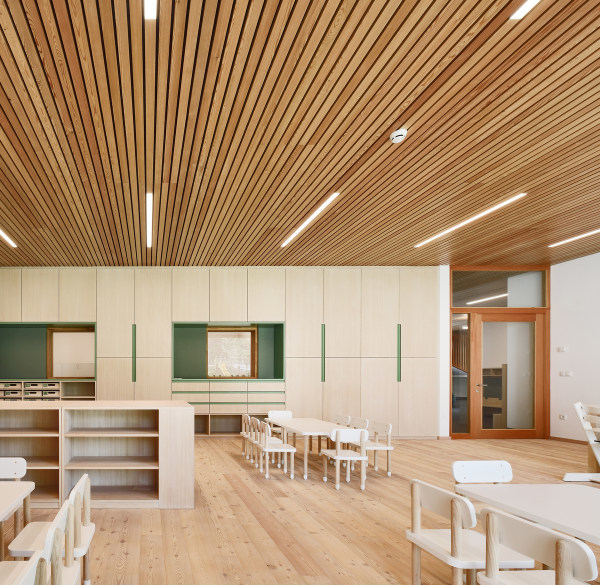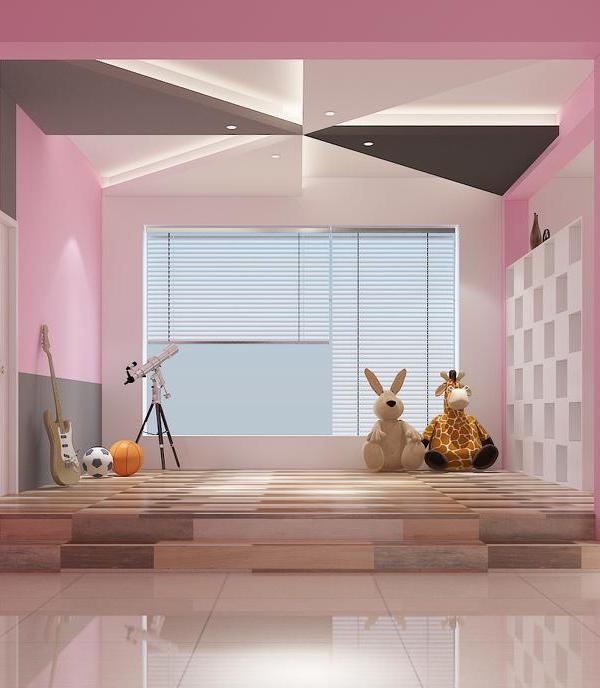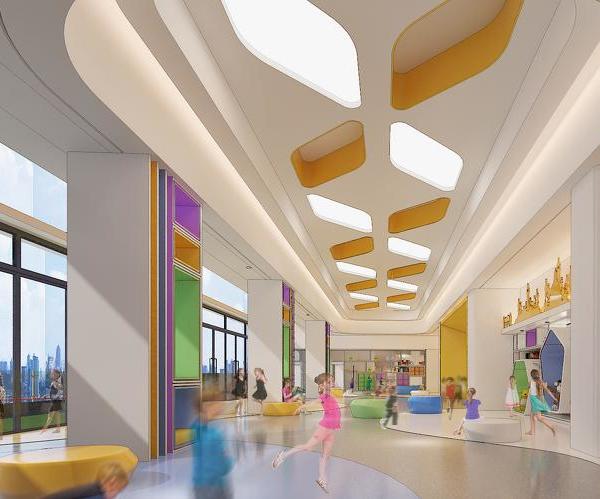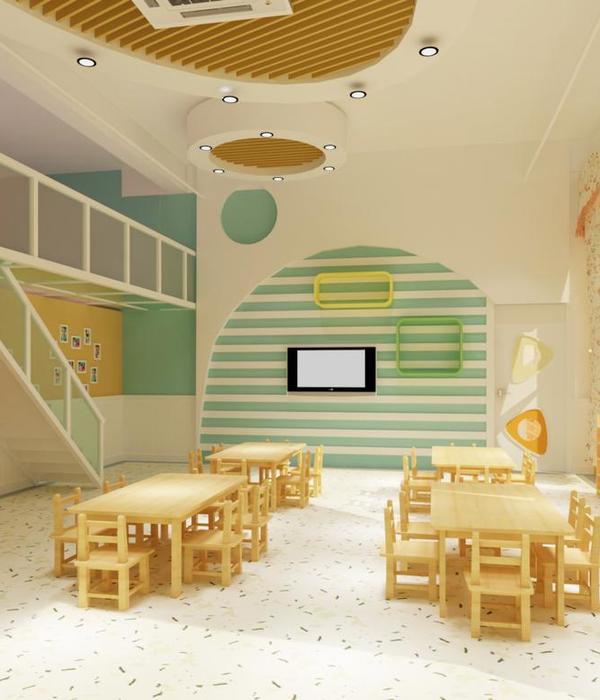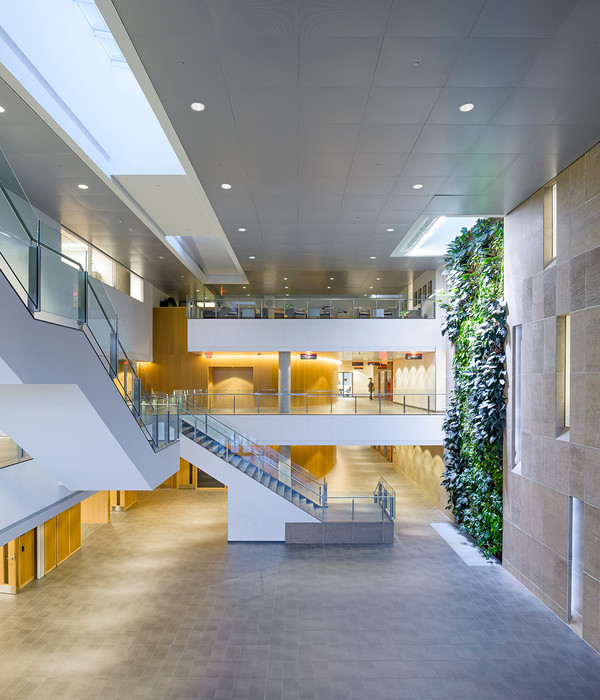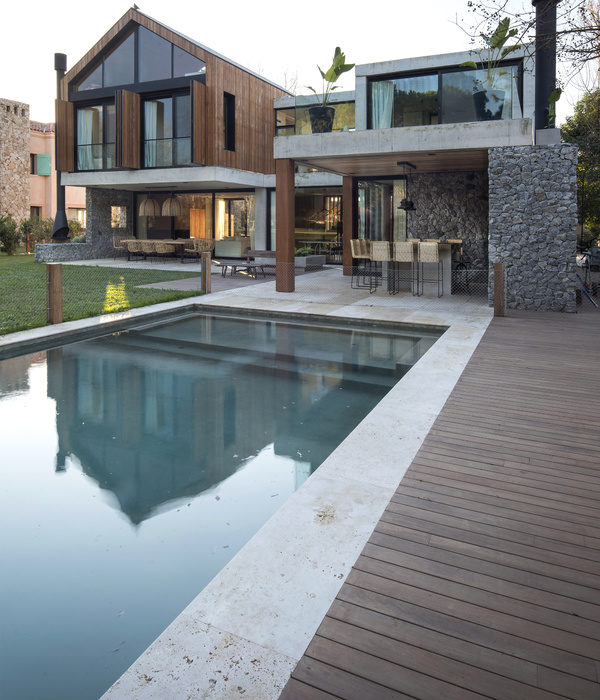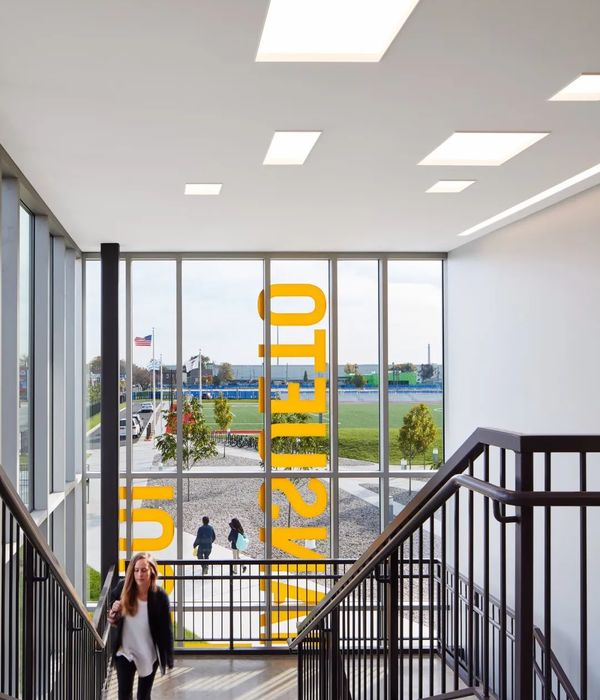Architects:Yost Grube Hall Architecture
Area:72000ft²
Year:2020
Photographs:Josh Partee
Manufacturers:Sedia Systems,Ann Sacks,Armstrong Ceiling & Wall Solutions,Construction Specialties,DaVinci Custom Fireplaces,Daltile,Epic Metal Corp,JFEC USA Inc,Kawneer,Kirei,Landscape Forms,Milliken & Co,Nakamoto Forestry North America,Nora,Patcraft,Rhinzink,Saxton & Bradley,Skyline Sheet Metal
Structural Engineers:KPFF Consulting Engineers
Geotechnical Engineers:GRI
Civil Engineering:Mazzetti | BHE Group
Acoustical Engineering:Listen Acoustics Inc.
General Contractor:Andersen Construction Co.
Lighting Design:Luma Lighting Design
MEP Engineering:PAE
Principal In Charge:Tom Robbins
Design Principal:Jerry Waters
Project Manager:Crystal Sanderson
Project Designer Exterior:Tim Root
Project Designer Interior:Alexandre Asselineau
Project Designer:Allison Miller
Interior Designer:Ren DeCheney
Furniture Design:Bainbridge Design
Landscape Architecture:Lango Hansen
Laboratory Planning:The Estimé Group Inc.
Environmental Graphics:Knot
Specifications:m.thrailkill.architect.llc
Owner:Oregon State University
Door Hardware:Allegion
City:Newport
Country:United States
This academic-research building on Oregon State University’s Hatfield Marine Science Center campus in Newport is also the first tsunami vertical evacuation building in Oregon. The building serves the Marine Studies Initiative, a new interdisciplinary program involving all 11 OSU colleges with a goal of providing access to the sea for OSU students, faculty, and staff.
The building has met unprecedented resilience goals with state-of-the-art architectural and engineering techniques to serve as one of the first vertical evacuation tsunami sites in the nation. The building will withstand a 9.0 earthquake and an associated tsunami. A ramp leads from ground level to the roof of the three-story structure, with the roof’s height determined by computer tsunami modeling to serve as a vertical evacuation site for more than 900 people.
The building has a three-story academic and research core, connected to a two-story wing that includes community space, an auditorium, and an innovation lab. Collaborative labs support a new teaching and research model with a curriculum that blends natural and social science, providing a rich environment for cross-disciplinary discovery, collaboration, and expression.
The design connects users’ functional needs to Newport’s iconic Yaquina Bay Bridge and estuary through colors, textures, materiality, and art. Exposed cast-in-place concrete conveys durability and strength, while shou sugi ban siding and zinc have been used for centuries in marine environments. The landscape design is sensitive to the surrounding native coastal vegetation, and rainwater is integrated with the evacuation ramp and collected in open stormwater collection ponds. As a lab building, the project also had high energy use requirements for fume hoods and outside air. Heat recovery was incorporated to reduce EUI to 51% below baseline code for this building type.
The Gladys Valley Marine Studies building is the result of OSU’s determination to preserve its Hatfield campus as a place of innovation, research, and education. A demonstration project for building responsibly in tsunami inundation zones, it is also firmly rooted in the region’s culture, history, and industry.
Project gallery
Project location
Address:Newport, Oregon, United States
{{item.text_origin}}

